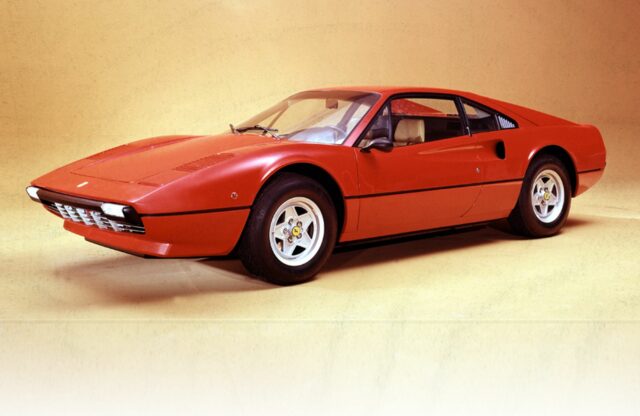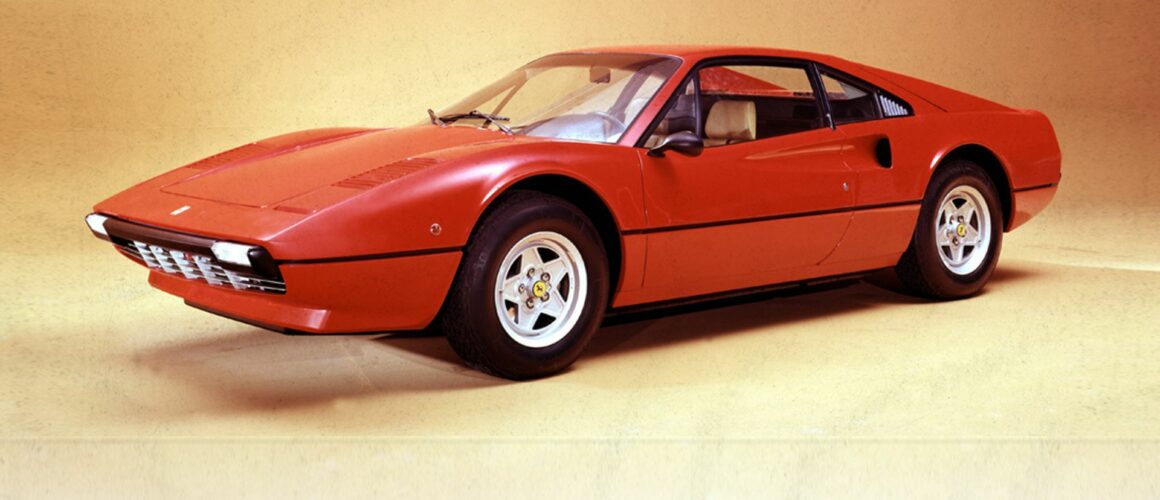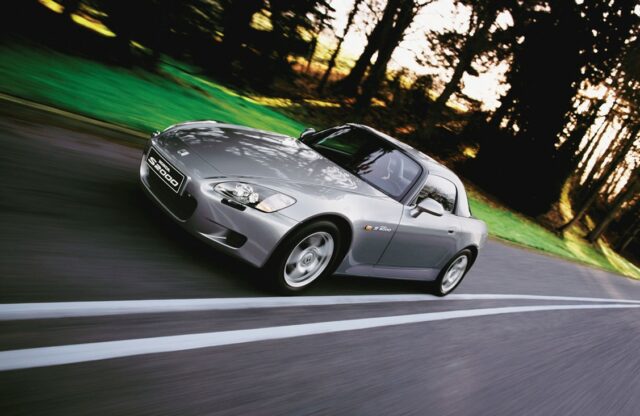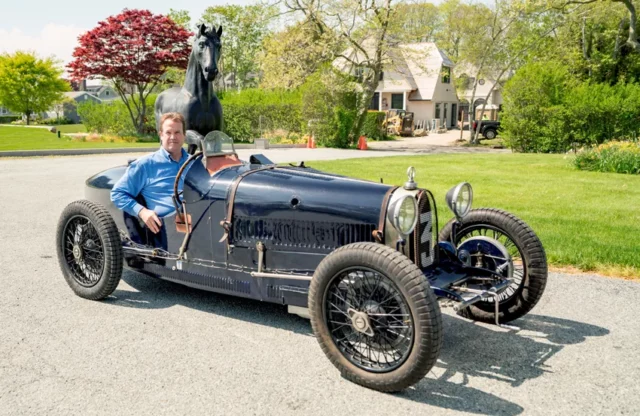Today, the idea of a mid-engined V8 Ferrari is well established, following decades of both influential and celebrated cars from Maranello. However, there was a time when the thought of a Ferrari sporting anything less than 12 cylinders was highly controversial. In fact, the model that began the Prancing Horse’s V8 lineage wasn’t originally called a Ferrari at all.
The 308 GT4 was introduced back in 1973 as the Dino GT4, and it remained in production until 1980. It is one of the few largely forgotten Ferraris, no doubt hindered by the fact that it was initially deemed unworthy of wearing the Cavallino Rampante emblem on its flanks.
Its styling was also a point of contention. The GT4 was one of the few Ferraris designed by Bertone, and its wedge-shaped profile wasn’t as well received as the curvaceous Dino 246. The differences didn’t stop there, either – the GT4 was Ferrari’s first-ever 2+2 mid-engined sports car, as well as the only 2+2 to be factory-backed in racing.
Despite its mixed reception, the GT4 was an excellent machine underneath. Thanks to its low kerbweight, the 2.9-litre V8’s 252bhp (240bhp for US models) delivered impressive performance – even in later US versions, which were restricted to 203bhp due to emissions regulations. A special 208 GT4 was also available for the Italian-only market, producing an even lower 168bhp from its tax-friendly 2.0-litre engine – one of the smallest-displacement production V8s ever built. The flatplane-crank unit emitted an unmistakable, high-pitched wail that has since become a signature sound of mid-engined V8 Ferraris.
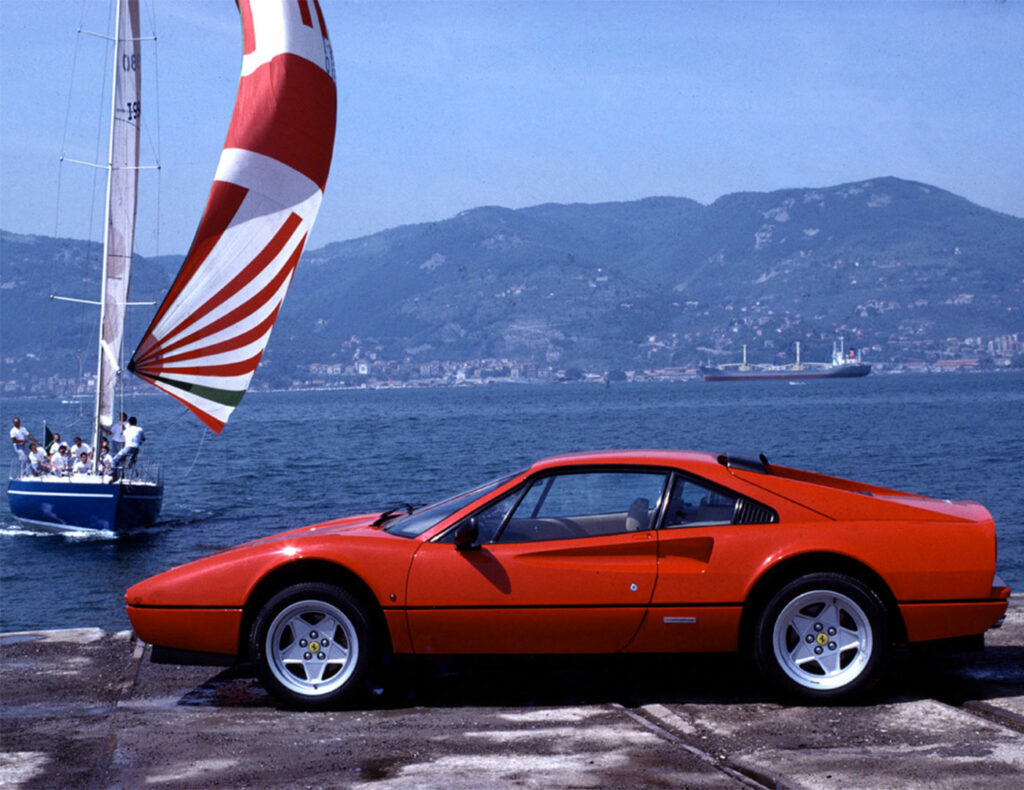
Unfortunately, the 308 GT4’s departure from Ferrari tradition led to the model being somewhat under-appreciated in period, and it was soon overshadowed by its stablemates that also bore the 308 name: the 308 GTB (Gran Turismo Berlinetta) and 308 GTS (Gran Turismo Spider). The 308 GTB debuted in 1975, two years into the GT4’s production run. The ‘308’ designation indicated that the same transversely mounted 2.9-litre V8 engine was sitting under the hood.
The 308 GTB/GTS and the GT4 shared the same tubular chassis, although the GTB/GTS version boasted a shorter wheelbase. However, the 308 GTB/GTS proved far less polarising than the GT4. By then, the latter had already set the precedent for mid-engined V8 Ferraris, and the GTB’s Pininfarina-designed bodywork was much better received than the angular Bertone styling worn by the GT4.
Arguably, it was the introduction of the targa-top 308 GTS, along with its starring role in the hit TV show Magnum, P.I. that cemented the 308’s place in automotive history.
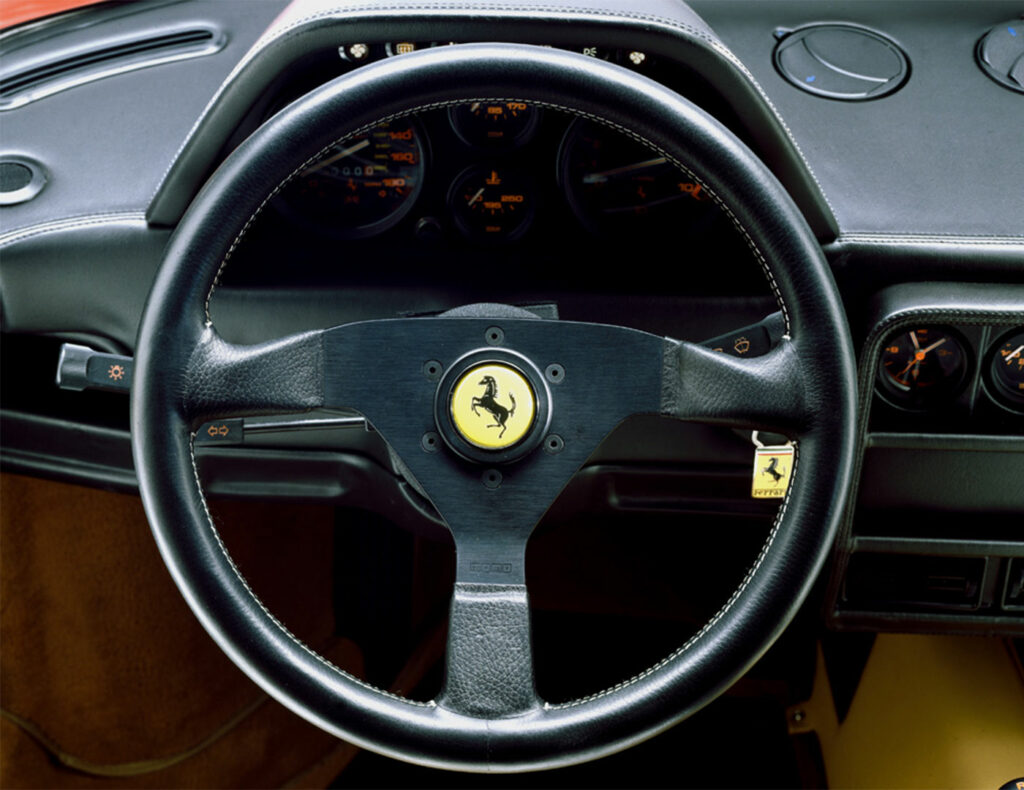
As the model approached the end of its production cycle, Ferrari introduced fuel-injected versions – the GTBi and GTSi – due to stricter emissions regulations. These models featured lower power outputs than their carburetted predecessors: 202bhp in the US and 212bhp in Europe. Once again, a 2.0-litre 208 GTB/GTS was offered for the Italian market, starting in 1980 and followed by a turbocharged version in 1982.
In 1985, the 308 was finally phased out and replaced by the 328. While the newcomer retained a similar design to the 308 GTB/GTS, the body was further refined for improved aerodynamics. Mechanically, the car was an evolution of the original 308’s 1970s design, with the V8’s displacement increasing to 3.2 litres, producing 270bhp. The 328 also featured a more modern interior along with an early form of onboard diagnostics, and ABS became standard starting in 1988.
As with its predecessor, the 328 was available as both a hard-top coupé (GTB) and a targa-top convertible (GTS). The GTS was significantly more popular, outselling the GTB by a five-to-one ratio. In 1986, Ferrari once again introduced a 2.0-litre turbocharged car specifically for the Italian market to bypass the country’s steep tax penalties on larger engines.
Production of the 328 ended in 1989, closing the chapter on one of Ferrari’s most iconic and beloved mid-engined V8 models.
ENGINE
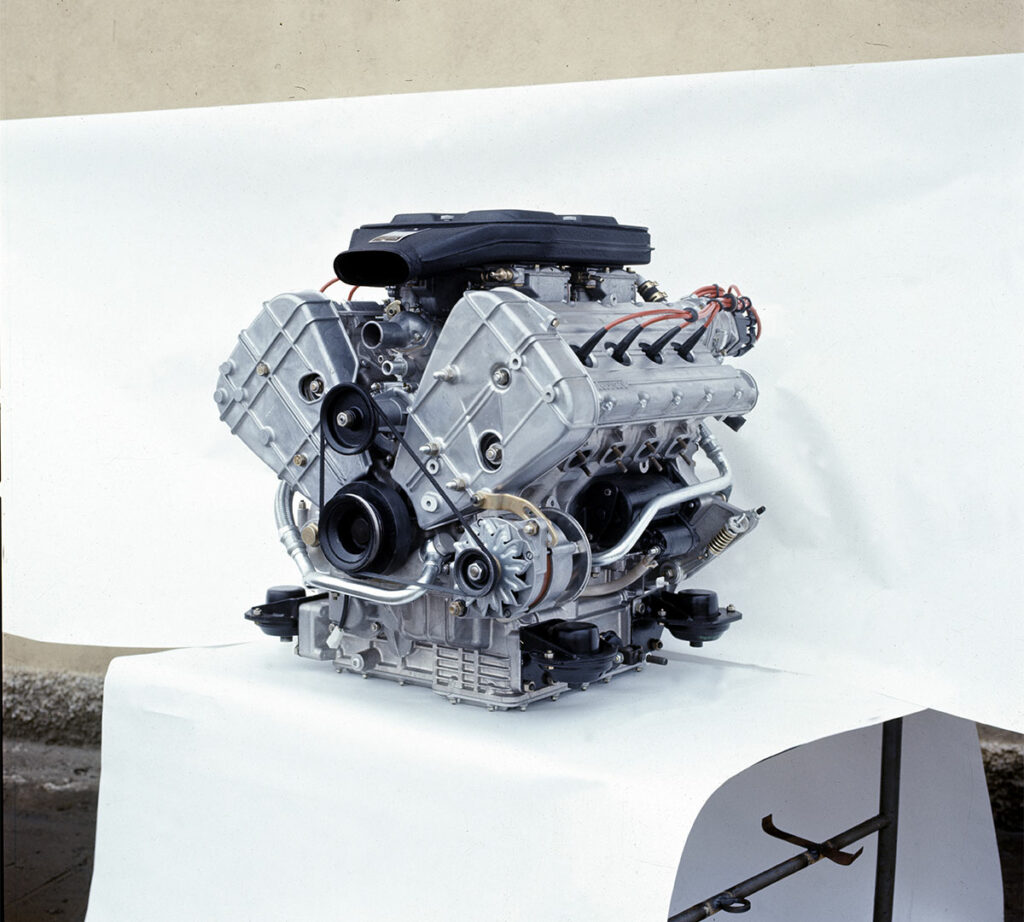
In all 308s and the 328, timing-belt changes should be carried out every two years regardless of mileage. If the belt snaps you’re in for an engine rebuild, so it’s best to be cautious. When replacing this component, it’s recommended that owners also service the clutch, water pump and valve adjustments.
Early 308s had sodium-filled valves, which tend to break. Unless you find an untouched car with delivery mileage, these should have been replaced by now. The 328 received upgraded multi-valve heads and electronic fuel injection as standard, while in the 308 this was limited to the GTBi/GTSi and Quattrovalvole models.
Oil pressure should be at 85psi on a cold start and 40-45psi at idle when the engine is warm, rising back to 85psi under load. Oil leaks from the valve cover are common and can be addressed at the same time as the valve and tappet adjustments (every 15,000 miles). Cam seals are prone to leaking in cars that haven’t been driven regularly.
Front-mounted radiators can clog, so check the cooling system and ensure the fans turn on when needed. All 308s had a multi-carb set-up, and tuning them properly is a specialist job. Updated ignition packs from 1978 onwards are an improvement, and you can install a more modern system if originality isn’t a big concern.
GEARBOX
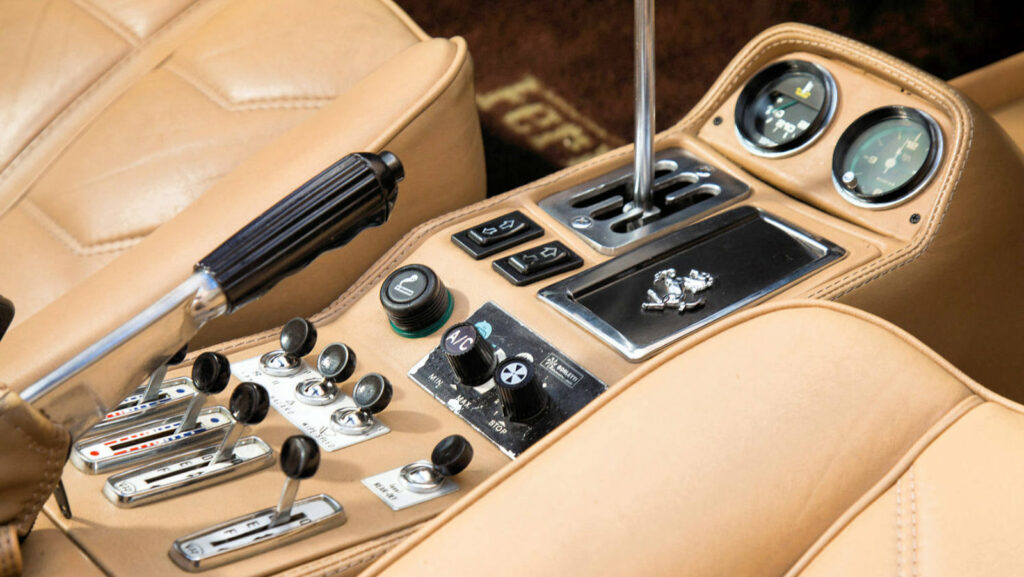
As with most Ferraris built in the 1970s and 1980s, it is best to avoid using second gear when the transmission is cold. Synchros can wear out over time, but the ’box is generally robust and doesn’t usually cause issues. The clutch typically lasts around 20,000 miles, so if it disengages high in the pedal travel, it’s probably due for replacement.
Meanwhile, if the car jumps out of gear, it means the transmission is worn and will need significant attention soon. If shifting quality is obstructive when warm, or ratios are difficult to engage, the clutch may be failing, or the slave cylinder could be leaking.
SUSPENSION
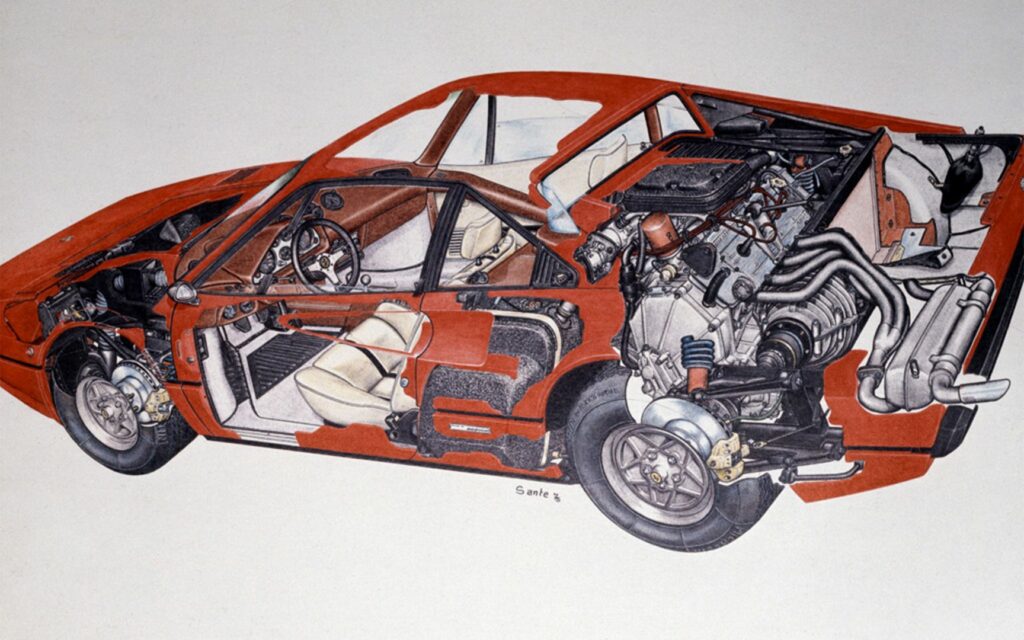
The suspension set-up on all variants is relatively simple, and aside from leaking shocks and cracked rubber bushings, there shouldn’t be much cause for concern.
Suspension bushings should be inspected and replaced every 30,000 miles – sooner if the Ferrari has been sitting in storage for long periods. The car should feel well planted and solid in corners; if there’s excessive pitching or body roll, it means the shocks may need replacement. If the steering rack feels loose, inspect the rack and joints for wear.
Brakes are four-wheel discs, and common issues such as seized calipers and rusted rotors are typically found on cars that have been sitting. A brake-system overhaul can be costly, so ensure the car stops straight and that the parking brake works as it should. Magnesium-alloy wheels can warp and corrode. From 1988 the 328 could be equipped with ABS; this is identifiable by the convex alloys, which are similar but not identical to those on the Mondial.
BODYWORK AND INTERIOR
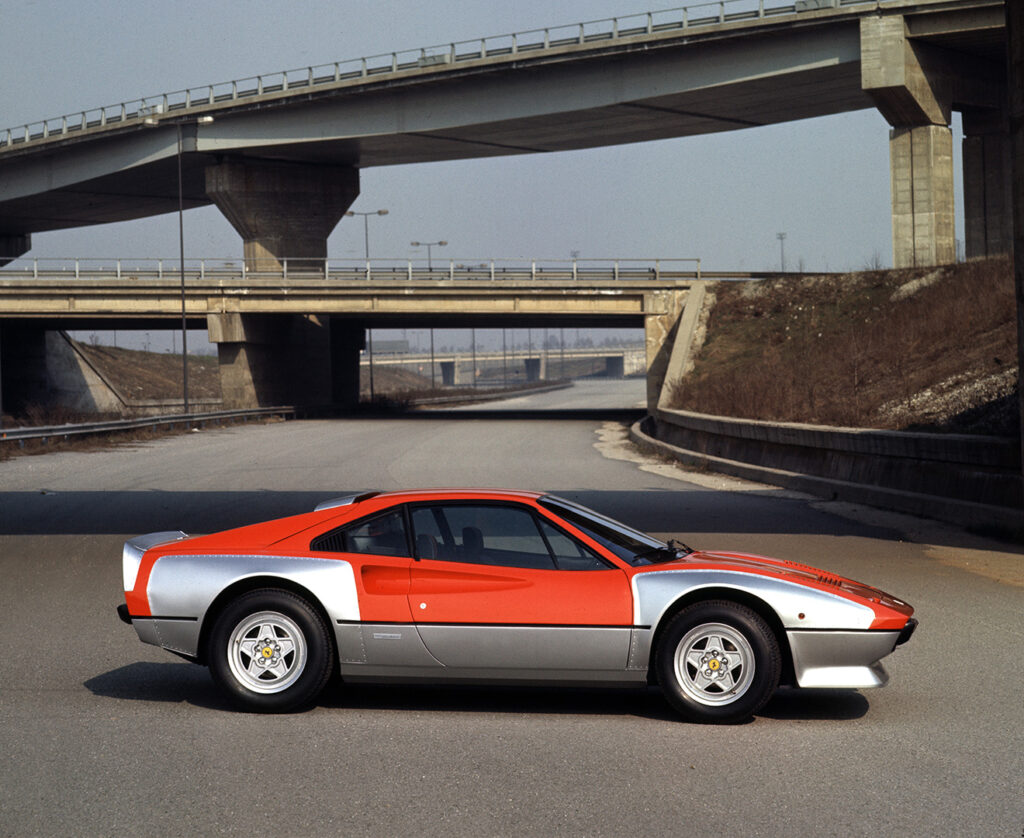
For 308 models, rust is the primary concern – unless you find an early glassfibre (Vetroresina) model, but these are rare and more expensive. Common rust-prone areas include the rocker panels, door bottoms, footwells and boot floor, as well as the areas around the sunroof and windscreen. Blocked drainage holes are a frequent cause of rust in 308s, so be sure to check these when inspecting a potential buy.
Thanks to the 328’s galvanised construction, rust is much less of an issue. However, it’s still worth checking the front fenders, lower doors and where the bumpers attach to the body.
Body panels are generally available, but a severely rusted car can quickly become a money pit due to the high cost of replacement parts. Repaints are not uncommon, so check for misaligned pop-up headlights and doors, as well as excessive panel gaps around the bonnet.
A variety of interior materials were available for 308 and 328 models, and many cars that have been reupholstered are now finished in leather. The interior is durable, but GTS models may show more wear on the seats due to the removable roof section.
Check all switches and electrical components – issues are common, and the 308’s wiring under the dash was notoriously disorganised, even from the factory. That said, if electrical problems arise, the fuse box should be your first stop. Lastly, ensure the power windows don’t operate too slowly – lubricating the mechanism can often improve performance.
WHICH TO BUY
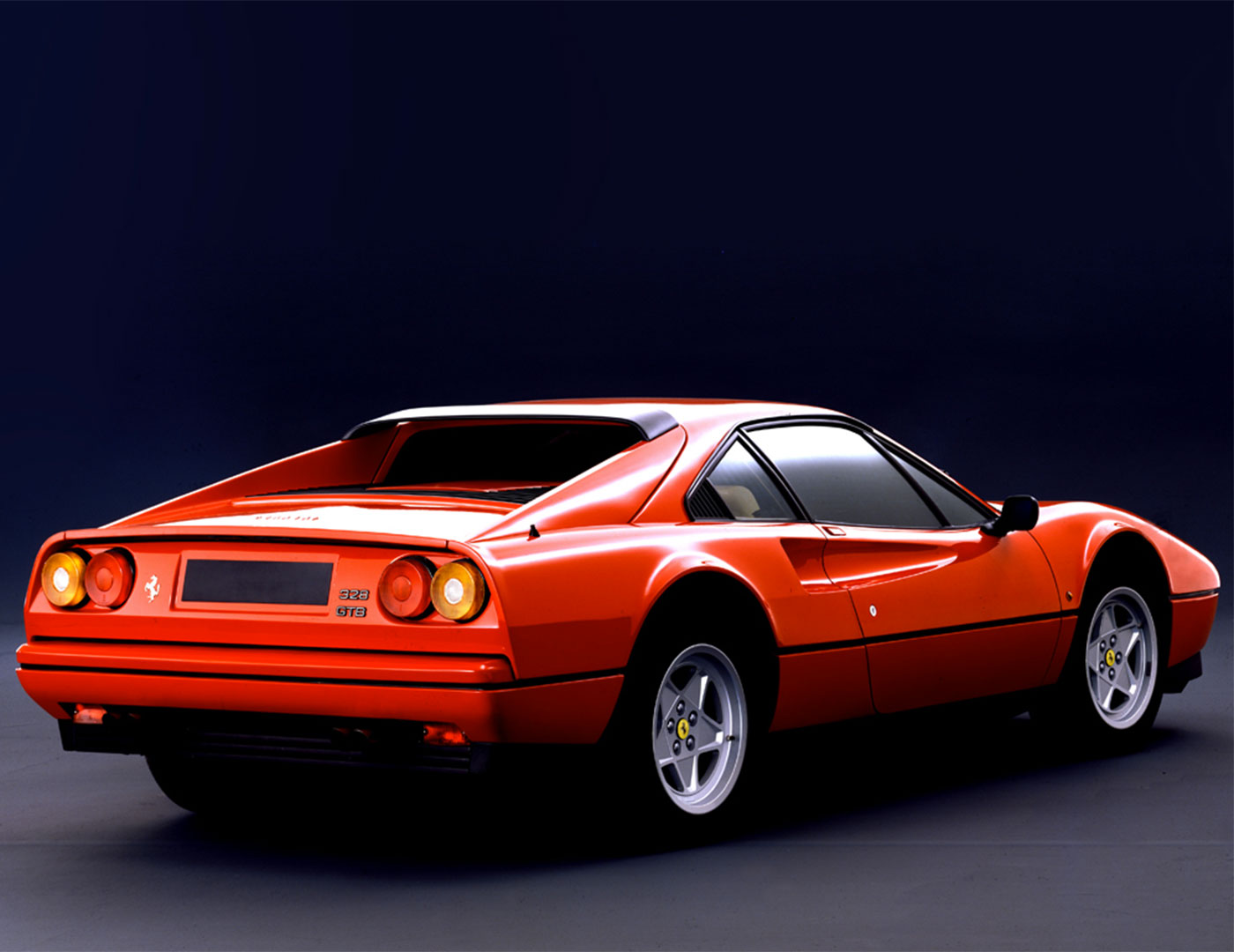
The Ferrari badge and stunning design of all models can easily distract you from the buying process, so before handing over any money ensure the car has a solid service history and no major maintenance expenses looming.
The 308 GT4 has been an underrated gem on the used market for years, and despite rising prices it remains relatively affordable. Low-production 308 models and early glassfibre-bodied versions remain rare and expensive. The 308 GTBi and GTSi were very popular when new, but today they are less desirable than earlier models. Older 308s are more sought after due to their four dual carburettors, higher performance and superior engine sound.
While the 308 is often considered an ‘entry-level Ferrari’, buyers should be aware that even minor repairs can be costly. Replacement parts and servicing come with typical Ferrari price tags, which should be factored into the overall purchase cost. In addition, engine maintenance should always be performed by specialists. Avoid modified cars, even if they seem like a good deal at first. The 328 offers a good balance of modernity and value while still retaining the classic lines of the earlier 308. These models are also less prone to rust, and are more reliable than one might expect from a classic Ferrari.
Regardless of which model you choose, it’s best to have an expert inspect the car before purchase – mistakes when buying these Ferraris can be extremely costly to correct.
WHAT TO PAY
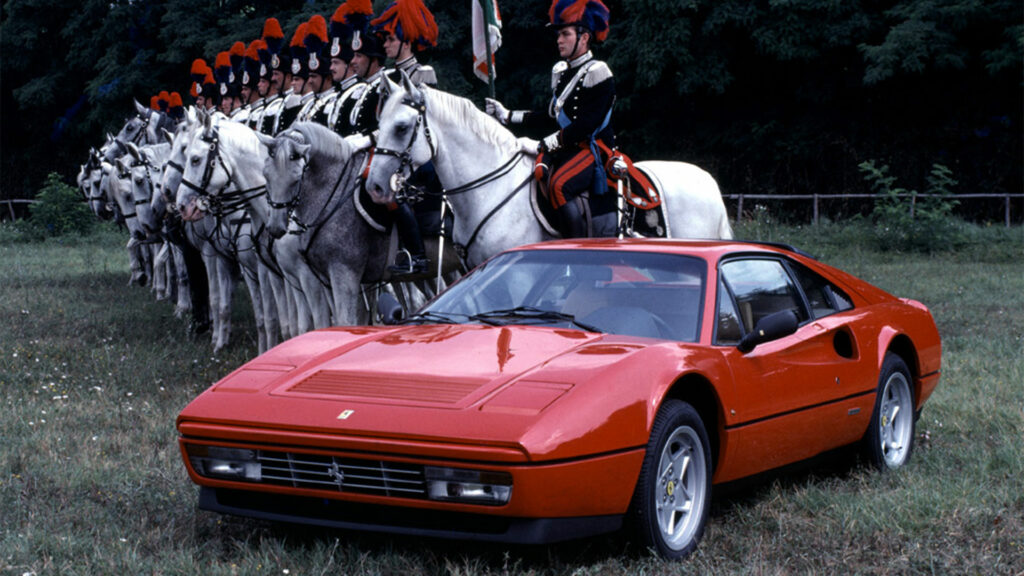
(1980 Ferrari 208 GTBi Coupé, UK)
Fair: £33,100
Good: £40,700
Excellent: £54,100
Concours: £78,000
(1980 Ferrari 208 GTBi Coupé, US)
Fair: $55,400
Good: $71,000
Excellent: $106,000
Concours: $133,000
SPECIFICATIONS
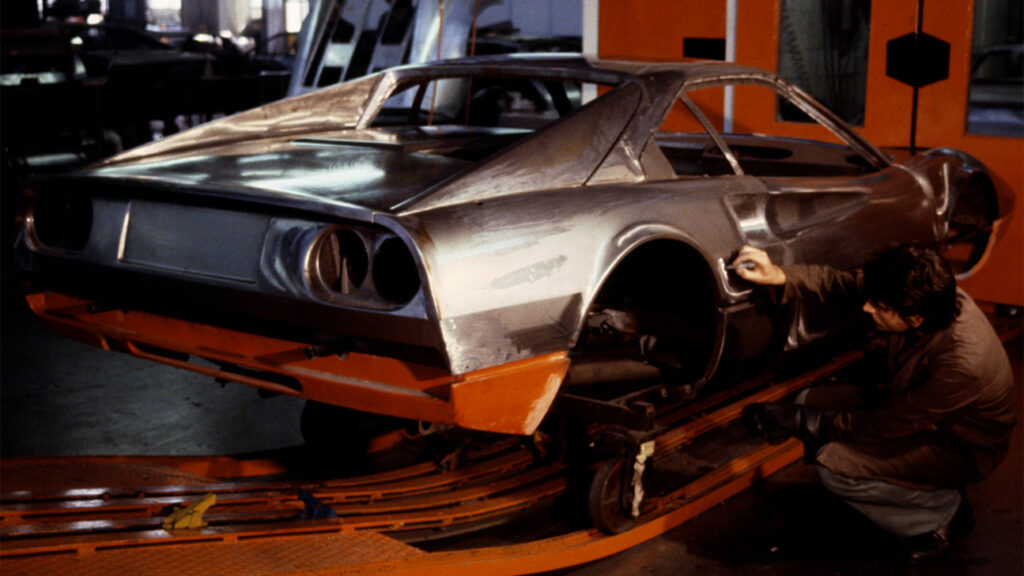
308 (2.9-litre V8)
Power: 240bhp
Top speed: 154mph
0-60mph: 6.0 seconds
Economy: 14mpg (est)
GTBi/GTSi injection (2.9-litre V8)
Power: 214bhp
Top speed: 149mph
0-60mph: 7.0 seconds
Economy: 26.8mpg (est)
328 (3.2-litre V8)
Power: 270bhp
Top speed: 166mph
0-60mph: 5.5 seconds
Economy: 20mpg (est)
